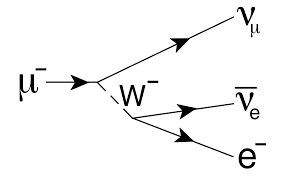
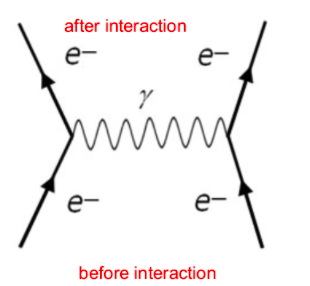
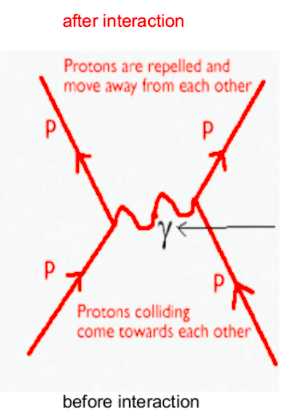
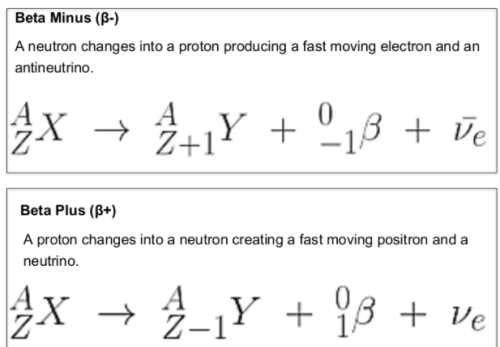
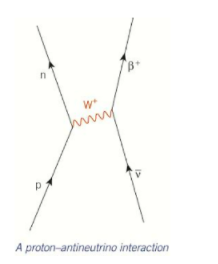
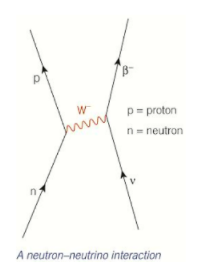
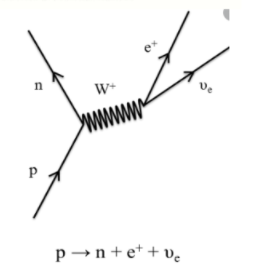
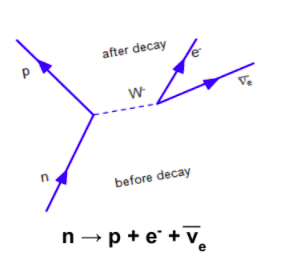
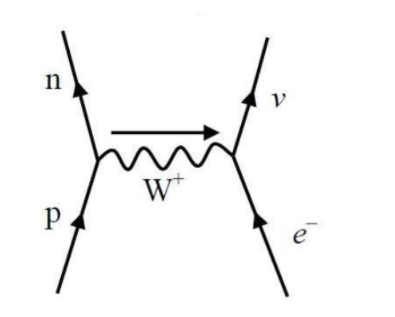
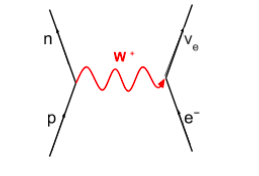
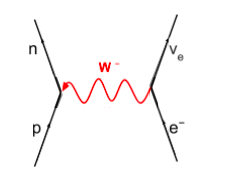
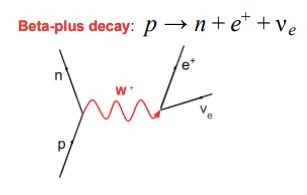
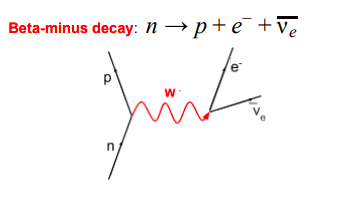
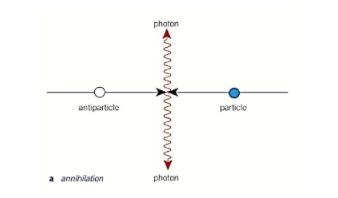
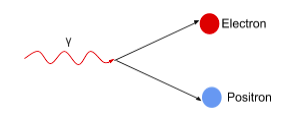
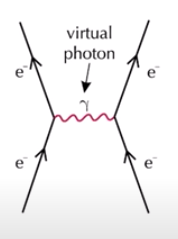

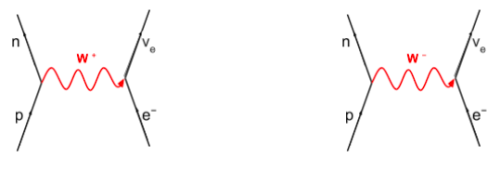
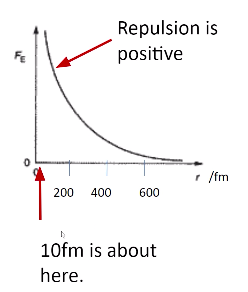
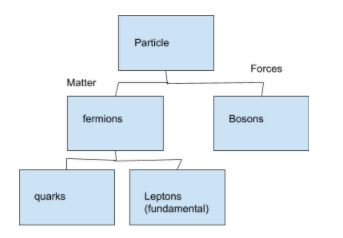

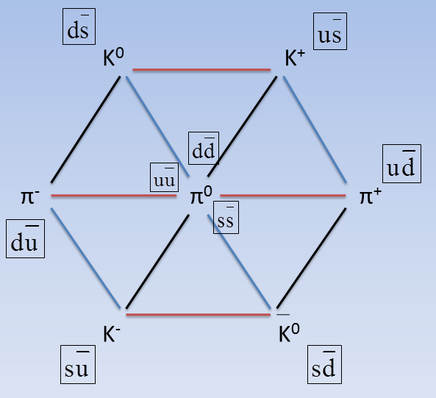
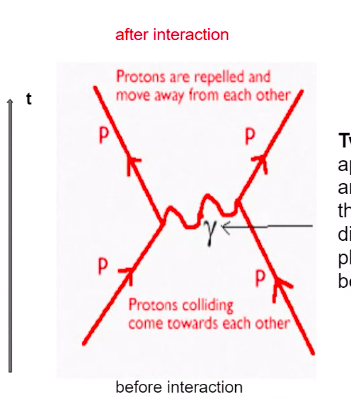
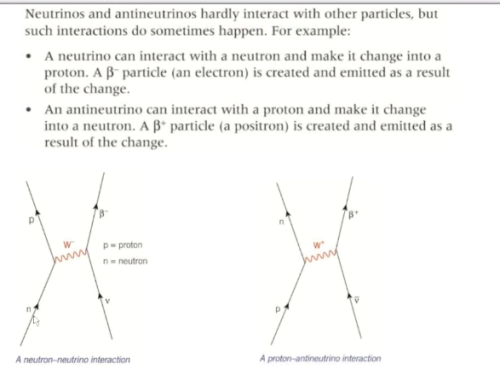
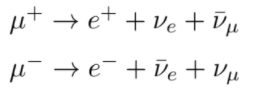
Potassium emits electrons from its surface when blue light is incident on it. Extremely intense red light produces no electrons.
Explain these observations in terms of photons and their energy
Energy of a light photon exceeds the work function
Red light does not exceed this as it has a higher wavelength due to f = c/wavelength
One photon interacts with one electron to cause photoemission
Photon energies are independent of intensity
Feynman diagram strong interaction

Describe how a beam of fast moving electrons is produced in the cathode ray tube of an oscilloscope
Thermionic emission
Heating the cathode
An electric field between the anode and cathode is created
What is likely to happen to a positron shortly after it is created
Annihilate with an electron to create two photons moving in opposite directions
Properties of strange particles
Created in pairs
Normally decays into combinations of pion, proton and neutron
Contains one strange quark
Decays via weak interaction
Half-life is relatively long compared with half life of typical particle decaying via strong interaction
What does the penetration of a photon dependant on
Energy